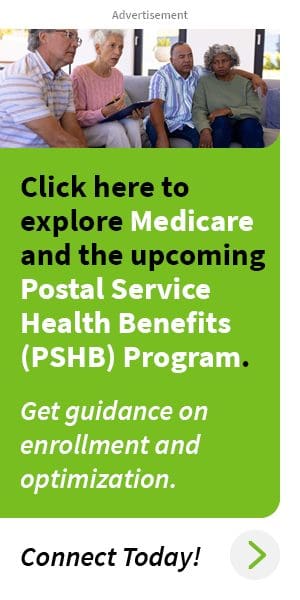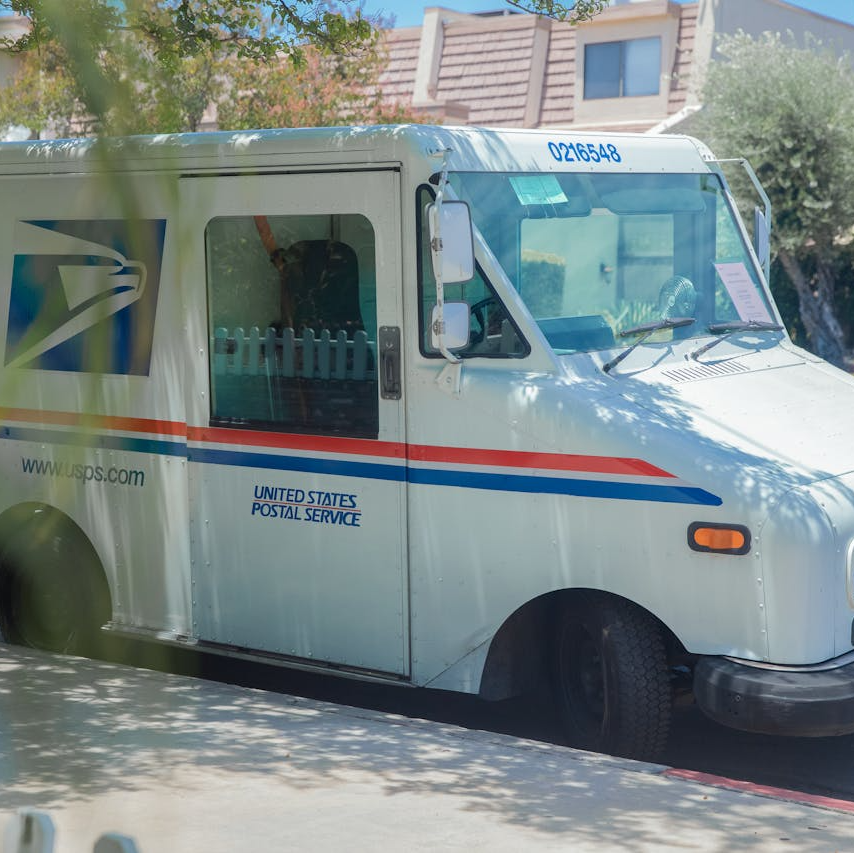Key Takeaways:
- The 2024 PSHB Open Season is the first chance for Postal Service employees to transition from the FEHB to PSHB. Understand your options and prepare early.
- Assess your health plan needs based on expected usage, network providers, and family requirements to make the best decision during Open Season.
PSHB Open Season 2024: The Key to Making Smart Health Plan Choices This Year
The first Postal Service Health Benefits (PSHB) Open Season for 2024 is around the corner, offering Postal Service employees and retirees an opportunity to review and select health plans that suit their needs. Scheduled from November 11 to December 9, 2024, this period will mark a significant change for nearly 2 million postal workers, their families, and annuitants as they transition from the Federal Employees Health Benefits (FEHB) program to the newly established PSHB.
Navigating the open season can feel daunting, especially with the numerous health plans and options available. This year is particularly important, as it represents a monumental shift in how health benefits will be managed and provided to Postal Service employees. Whether you are already enrolled in the FEHB or considering changes to your existing coverage, it’s essential to understand the nuances of the new PSHB program and how to make informed decisions to ensure your health needs are met in 2025.
What is the PSHB Program?
The PSHB is a separate health benefits program under the Federal Employees Health Benefits Program, designed exclusively for Postal Service employees, retirees, and their families. The program will begin providing coverage starting January 1, 2025, with the 2024 Open Season acting as the transitional period during which eligible enrollees can choose their plans.
The Postal Service Reform Act of 2022 paved the way for the creation of PSHB, with the goal of providing more tailored healthcare options for postal employees and aligning them more closely with the specific needs of this workforce. One of the critical differences between PSHB and FEHB is the mandatory requirement for Medicare-eligible postal retirees to enroll in Medicare Part B if they wish to maintain their PSHB coverage.
Why the Switch?
The shift from FEHB to PSHB is driven by several factors, including cost management and providing more specialized benefits to postal employees. Postal employees and their annuitants have unique healthcare needs compared to the broader federal workforce, and this program is designed to reflect that reality. However, understanding what this means for your current health coverage and how the new system will work is key to making the right decisions during this transition.
If you’re a Postal Service employee or annuitant currently enrolled in FEHB, you’ll be automatically enrolled in a corresponding PSHB plan for 2025, unless you decide to make changes during the PSHB Open Season. Therefore, this open season is an important time to evaluate your health plan choices carefully.
Steps to Take During PSHB Open Season
Navigating the health plan options during the PSHB Open Season doesn’t have to be overwhelming if you follow a few key steps:
1. Review Your Current Health Coverage
The first step is to understand how well your current health plan under FEHB is meeting your healthcare needs. Evaluate your medical expenses over the past year, such as how often you visited doctors, specialists, or required prescription medications. This analysis will help you determine whether you need more comprehensive coverage, a plan with better prescription drug benefits, or if you’re satisfied with your current level of coverage.
Remember, starting in 2025, you’ll no longer be eligible for FEHB if you are a Postal Service employee or annuitant. This transition means that your health benefits will now come from PSHB, and this open season is the right time to make changes if necessary.
2. Consider Your Healthcare Needs for 2025
Your health needs may change, especially as you age or if your family situation changes. You may need more specialized care, additional wellness programs, or access to specific medical providers. Ask yourself:
- Do you expect to see your doctor more frequently?
- Are you or a family member managing a chronic condition?
- Do you anticipate needing major medical procedures or surgeries?
Understanding your anticipated healthcare needs for the coming year will guide your choice of plans. For example, if you expect higher medical costs, choosing a plan with more comprehensive coverage might be better, even if it has higher premiums.
3. Explore Network Providers and Coverage Areas
Health plans often have networks of doctors and hospitals that you are limited to using. Ensuring that your preferred healthcare providers are part of your plan’s network can prevent out-of-network charges, which can quickly add up. During this transition to PSHB, take time to review the network providers covered under the new plans and ensure that your healthcare providers are included.
Additionally, consider the geographic coverage of the plan. If you travel often or have family members living in different areas, you might need a plan that offers nationwide coverage.
4. Compare Plan Benefits
Beyond premiums, it’s crucial to compare other aspects of the plans, including:
- Deductibles: How much you’ll have to pay out-of-pocket before your insurance starts covering expenses.
- Copayments and Coinsurance: Your share of the costs after the deductible is met.
- Prescription Drug Coverage: Make sure your medications are covered under the plan’s formulary.
- Out-of-Pocket Maximums: The maximum amount you will pay for covered services in a plan year.
Comparing these factors will help you understand the true cost of the plan and whether it fits within your budget while meeting your healthcare needs.
5. Evaluate Additional Wellness Programs
Many health plans offer additional benefits beyond basic medical care. These may include:
- Telehealth services, allowing you to consult with healthcare professionals from the comfort of your home.
- Mental health support, such as counseling or therapy services.
- Fitness programs, including gym memberships or fitness trackers to encourage physical activity.
- Preventive care services, like flu shots and annual physical exams.
These additional benefits can enhance your overall healthcare experience, providing value beyond just covering medical bills.
PSHB and Medicare Integration
For Postal Service retirees who are eligible for Medicare, the transition to PSHB introduces new rules regarding Medicare enrollment. Medicare-eligible annuitants and their family members must enroll in Medicare Part B to retain their PSHB coverage. This integration is designed to reduce healthcare costs by coordinating benefits between PSHB and Medicare, offering a more comprehensive healthcare package for retirees.
If you’re approaching retirement or already retired, it’s essential to understand how your PSHB plan will work with Medicare. Enrolling in Medicare Part B is crucial for maintaining your coverage, and failure to do so could result in loss of benefits.
Important Deadlines and Next Steps
The 2024 PSHB Open Season runs from November 11 to December 9, giving you roughly four weeks to evaluate your options and make any necessary changes to your health plan. If you do nothing, you will be automatically enrolled in a PSHB plan based on your existing FEHB coverage. However, taking proactive steps to review and compare available plans can ensure you choose the best option for your health needs and financial situation in 2025.
By October 2024, you will receive a letter detailing the PSHB plan you will be automatically enrolled in. Use this information to compare your default option with other available plans to determine if it meets your needs or if you should switch to a different plan during the open season.
A Time for Informed Decisions
The PSHB Open Season 2024 offers a fresh opportunity to reassess your health coverage, especially during a significant transition. It is essential to approach this period with a clear understanding of your healthcare needs, family requirements, and the available plans under the PSHB program.
Taking the time to thoroughly review and compare plans will help ensure you select a health plan that provides the best balance of coverage, cost, and additional benefits tailored to your circumstances. Stay informed, take advantage of the resources available to you, and make the best choice for your health in the coming year.
Preparing for Health Coverage in 2025
As the transition to PSHB approaches, it is essential to use the 2024 Open Season as your opportunity to prepare for the upcoming year. Evaluating your current plan, considering changes in your health needs, and understanding the benefits of PSHB will help you enter 2025 with confidence in your health coverage.











